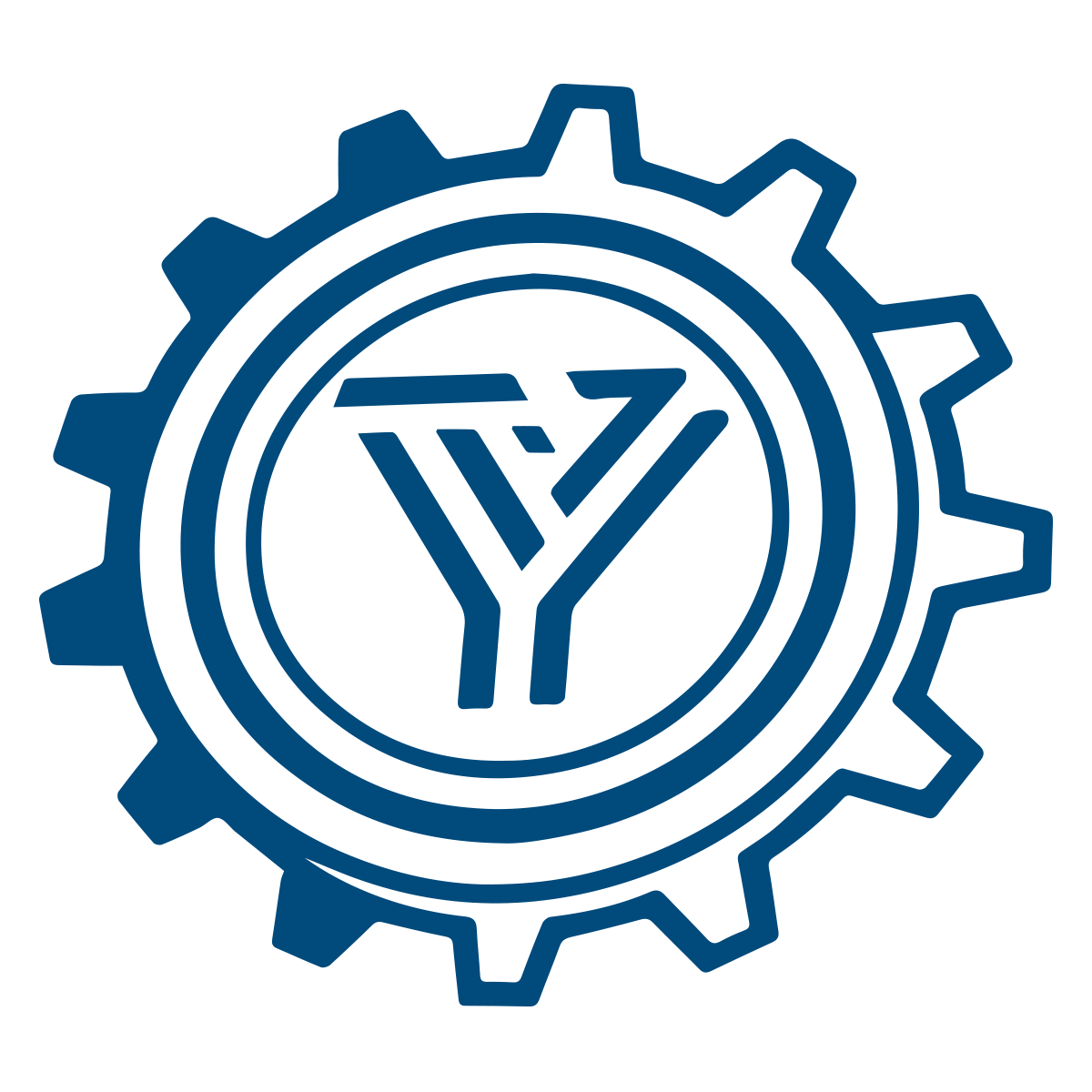
What is a Helical Gear?
A helical gear features teeth cut at an angle to the gear axis, enabling gradual, smooth engagement that reduces noise and increases load capacity compared to spur gears. Yantong Tech manufactures helical gears with controlled helix angles, verified tooth contact, and consistent heat treatment, ensuring reliable performance in industrial gearboxes, automotive drivetrains, and high-speed machinery where smooth operation and long service life are critical.
- Precision hobbing and grinding achieve DIN 5–8 accuracy with controlled helix angle deviation for smooth, quiet operation
- Carburizing or nitriding heat treatment provides HRC 58–62 surface hardness and predictable contact fatigue resistance
- Full dimensional and tooth profile inspection data archived by batch for traceability and quality assurance
- Custom helix angles (8°–30°), face widths, and profile modifications designed to match load and speed requirements
Core Characteristics and Performance Advantages
Engineering features that enable smooth engagement, higher load capacity, and quieter operation across diverse industrial applications
Smooth Load Transfer
Angled teeth engage gradually across face width, distributing load over multiple teeth simultaneously and reducing shock loads, vibration, and noise compared to spur gears.
Enhanced Load Capacity
Higher contact ratio and improved load distribution enable helical gears to carry greater torque and operate at higher speeds while maintaining lower stress concentrations at tooth roots.
Flexible Design Range
Module range m1–m12, helix angles 8°–30°, face width up to 200 mm, and profile modification options accommodate diverse gearbox configurations and operating conditions.
Technical Specifications and Manufacturing Range
Comprehensive parameter overview for engineering evaluation and design integration
| Item | Specification Range | Remarks |
|---|---|---|
| Module | m1 – m12 | Fine to medium pitch applications |
| Outer Diameter | 20 mm – 800 mm | Custom sizes per customer drawing |
| Face Width | 10 mm – 200 mm | Optimized for helix angle and torque |
| Helix Angle | 8° – 30° | Right-hand or left-hand helix |
| Number of Teeth | 12 – 200 | Adjustable per gear ratio requirements |
| Tooth Accuracy | DIN 5 – DIN 8 (ISO 1328) | Ground gears: DIN 5–6; Hobbed: DIN 7–8 |
| Materials | 20CrMnTi / 42CrMo / 18CrNiMo7-6 / C45 | Material composition customizable |
| Heat Treatment | Carburizing / Nitriding / Induction Hardening | Enhances wear resistance and fatigue life |
| Surface Hardness | HRC 58–62 (Carburized) HRC 50–55 (Nitrided) |
Dependent on material and process |
| Surface Roughness | Ra 0.4 – 1.6 μm | Achieved after grinding or honing |
| Inspection | CMM / Gear Measuring Center / Profile Projector | Inspection reports provided |
Custom Manufacturing Capability for Helical Gears
Four core competencies supporting industrial gearboxes, automotive transmissions, and high-performance drive systems

Design & Engineering Capability
Helix angle optimization, contact ratio calculation, profile modification analysis, and reverse engineering from samples or worn gears for OEM replacement applications.

Precision Machining
CNC gear hobbing with controlled helix angle, finish grinding for high-accuracy tooth profiles, and profile inspection on gear measurement centers to ensure dimensional stability.
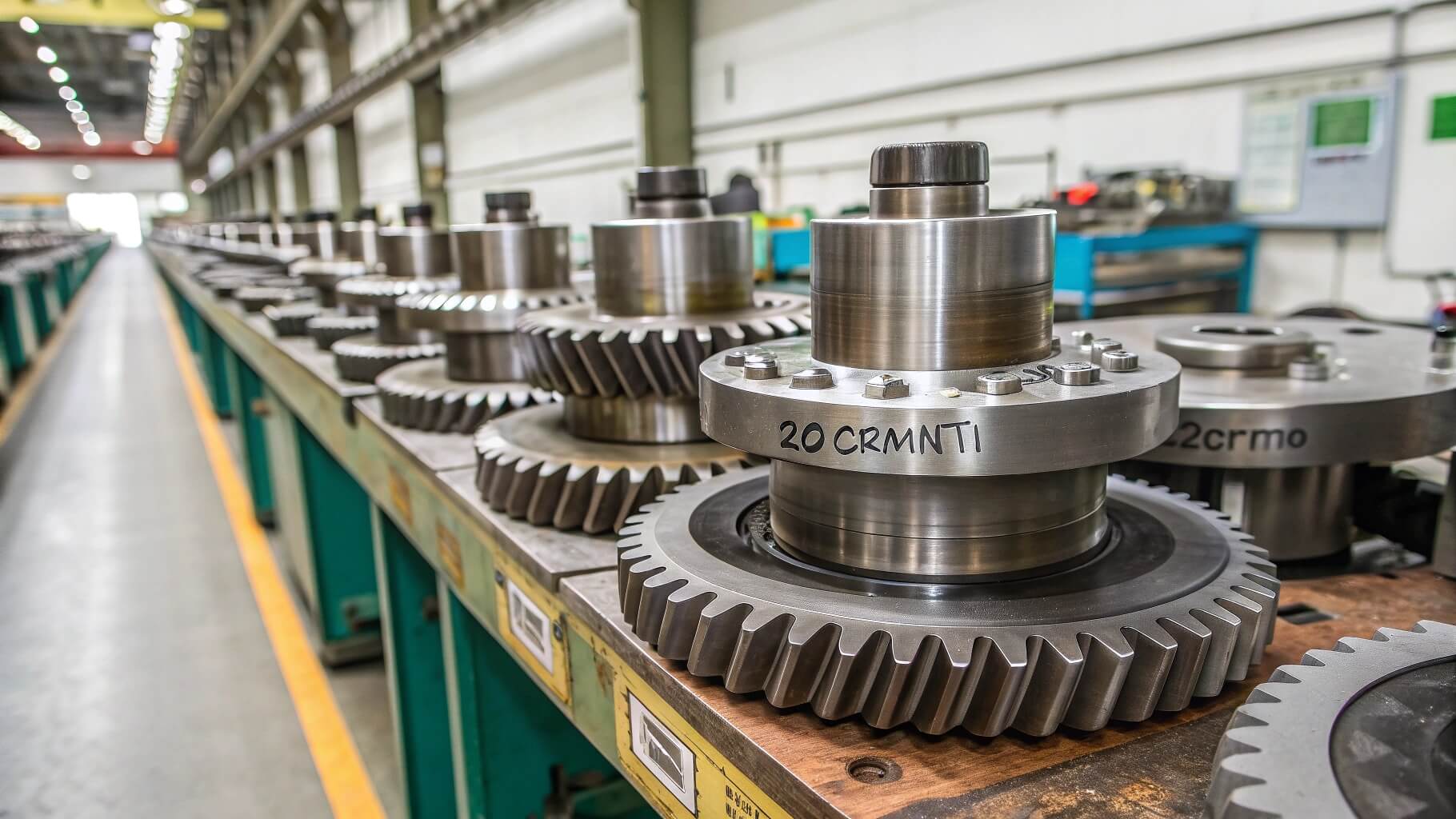
Material & Heat Treatment Options
Standard alloy steels (20CrMnTi, 42CrMo, 18CrNiMo7-6) with carburizing or nitriding; case depth and hardness validated per drawing; material traceability reports provided.
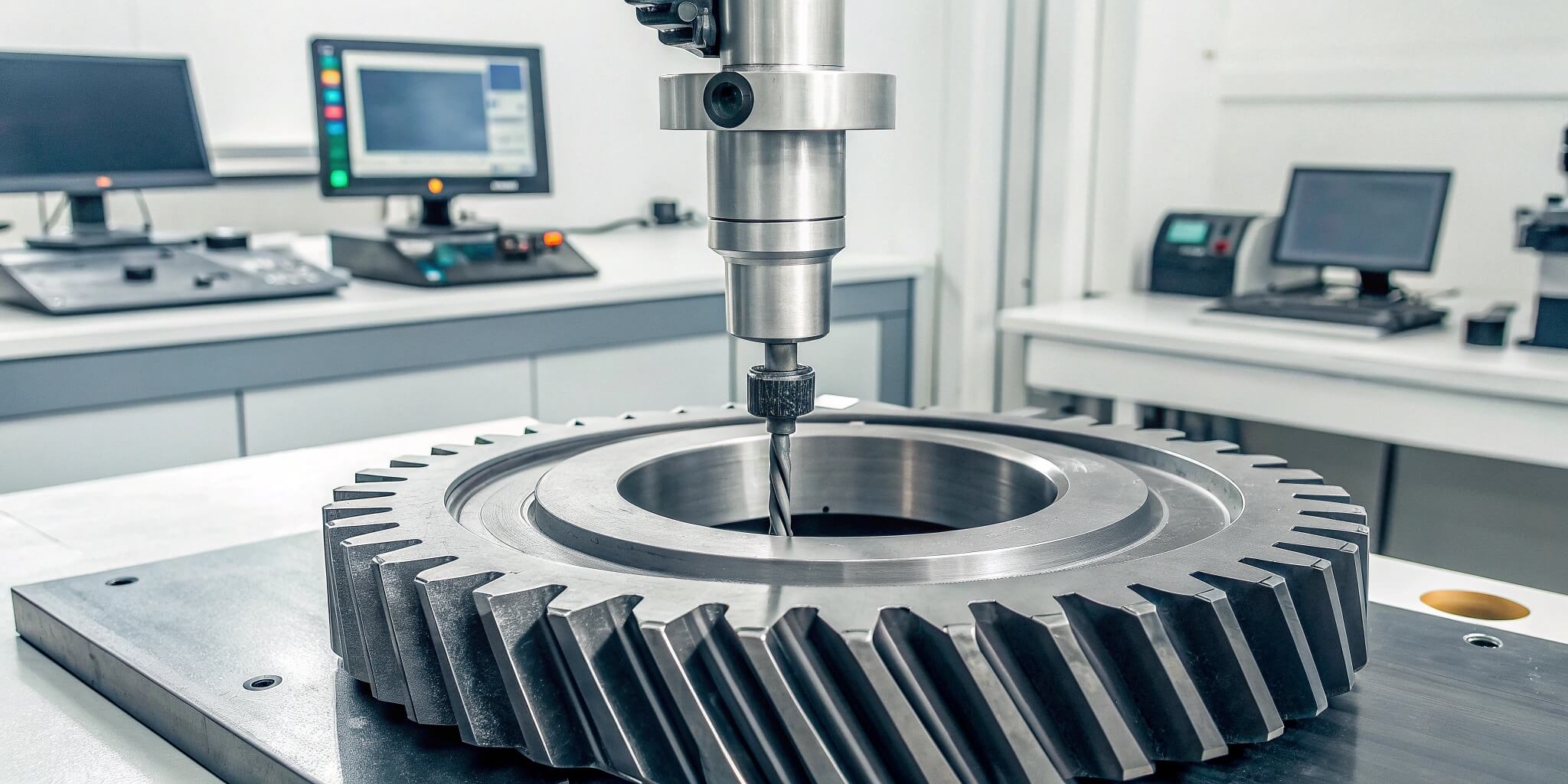
Testing & Technical Support
Full dimensional and tooth profile data archived; CMM and gear measurement center reports; remote technical consultation for assembly guidance and performance feedback.
Manufacturing Process: From Raw Material to Verified Helical Gear
Six controlled stages ensuring helix angle accuracy, tooth profile consistency, and full traceability

Raw Material Preparation
Incoming steel (20CrMnTi, 42CrMo, or customer-specified grade) validated with mill certificates; chemical composition and initial hardness verified before release to machining. Material lot numbers recorded for batch traceability.
Turning & Rough Machining
CNC turning establishes blank diameter, bore, and mounting surfaces to near-final dimensions. First-piece inspection confirms toolpath accuracy before batch production, ensuring dimensional consistency across all parts in the lot.
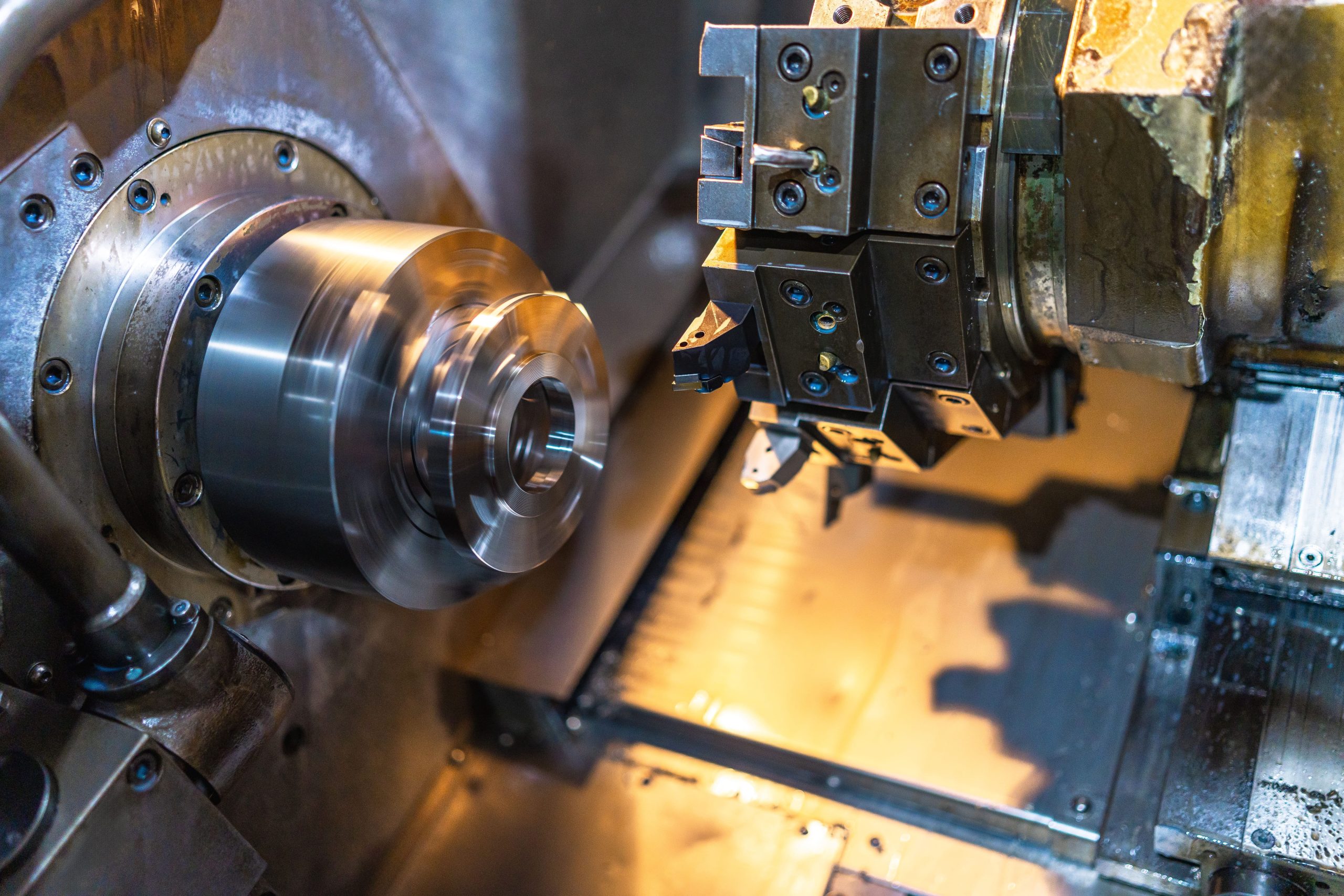

Gear Hobbing (Helical Tooth Cutting)
CNC gear hobbing machine cuts helical teeth with controlled helix angle, module, and pressure angle per drawing specification. Hob cutter angle and differential gear settings verified; in-process checks monitor tooth thickness and helix deviation.
Heat Treatment (Carburizing or Nitriding)
Parts undergo carburizing (gas or vacuum) to achieve HRC 58–62 surface hardness with specified case depth, or nitriding for HRC 50–55. Heat treatment cycles documented; hardness and case depth verified on test coupons and production samples.


Finish Grinding & Deburring
CNC gear grinding (for precision grades) corrects distortion from heat treatment and achieves final tooth profile accuracy (DIN 5–7). Bore and mounting faces ground or honed to final tolerance; edges deburred to prevent assembly damage.
Final Inspection & Documentation
Gear measurement center records involute profile, lead (helix angle), pitch, and runout data; CMM verifies bore and mounting dimensions; surface hardness and case depth measured. Inspection certificate, material traceability, and heat treatment report prepared for shipment.

Quality Control and Inspection System
Five-stage verification protocol ensuring helix accuracy, batch consistency, and full traceability from material to shipment
Raw Material Verification
Mill certificates validated against order specification; chemical composition spot-checked via spectrometer; hardness measured to confirm annealing condition. Material accepted only when documentation and test results meet requirements.
Machining Accuracy Check
First-piece inspection after each setup confirms dimensional compliance; in-process sampling monitors helix angle, tooth thickness, and profile form. Statistical process control (SPC) applied to critical dimensions for high-volume runs.
Tooth Profile & Helix Inspection
Gear measurement center captures involute profile deviation, helix (lead) deviation, pitch variation, and total composite error. Data compared to ISO 1328 or customer-specified tolerance class; out-of-tolerance parts segregated and corrected or scrapped.
Hardness & Surface Treatment Test
Surface hardness (Rockwell C scale) measured at multiple locations; case depth verified via microhardness traverse on sectioned samples or non-destructive eddy current testing. Heat treatment report includes furnace cycle data and test results for traceability.
Final 100% Inspection
Every helical gear subjected to visual inspection for grinding burns, surface defects, and edge quality; dimensional spot-checks confirm bore tolerance and tooth alignment. Magnetic particle or ultrasonic testing available for critical applications. Full inspection data archived by batch number.
Applications and Industry Integration
Helical gears delivering smooth operation, high load capacity, and quiet performance across six core industrial sectors
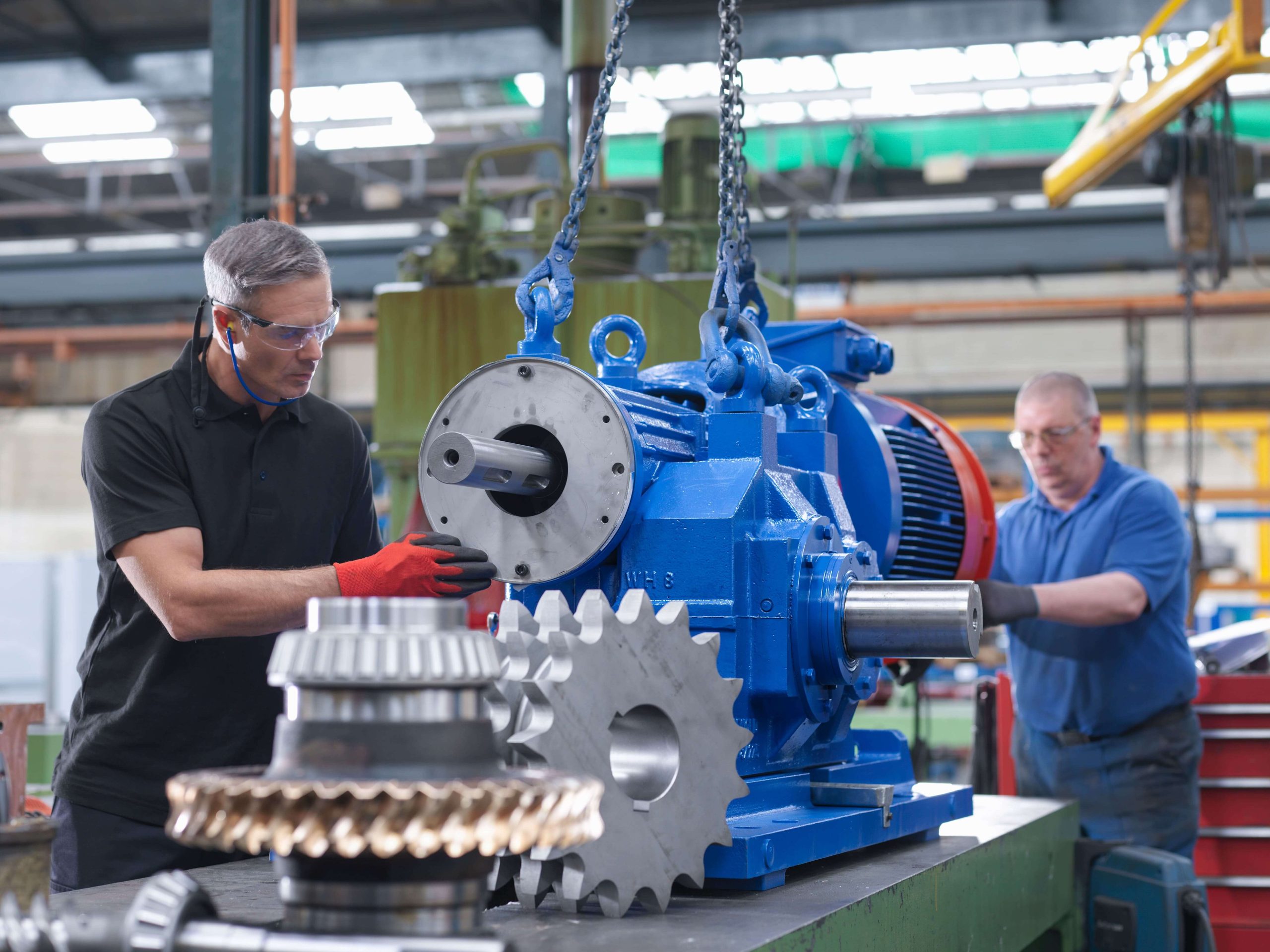


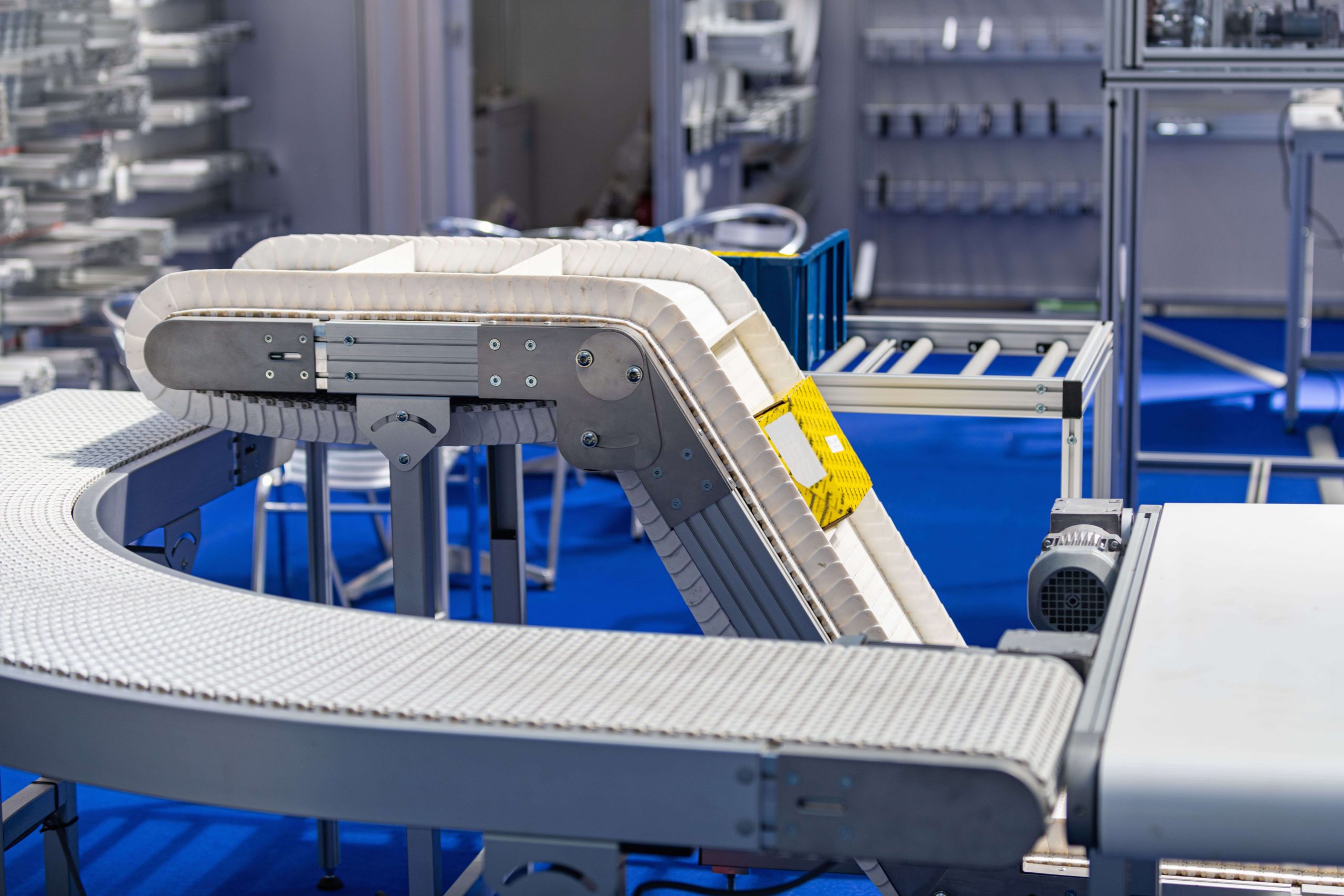
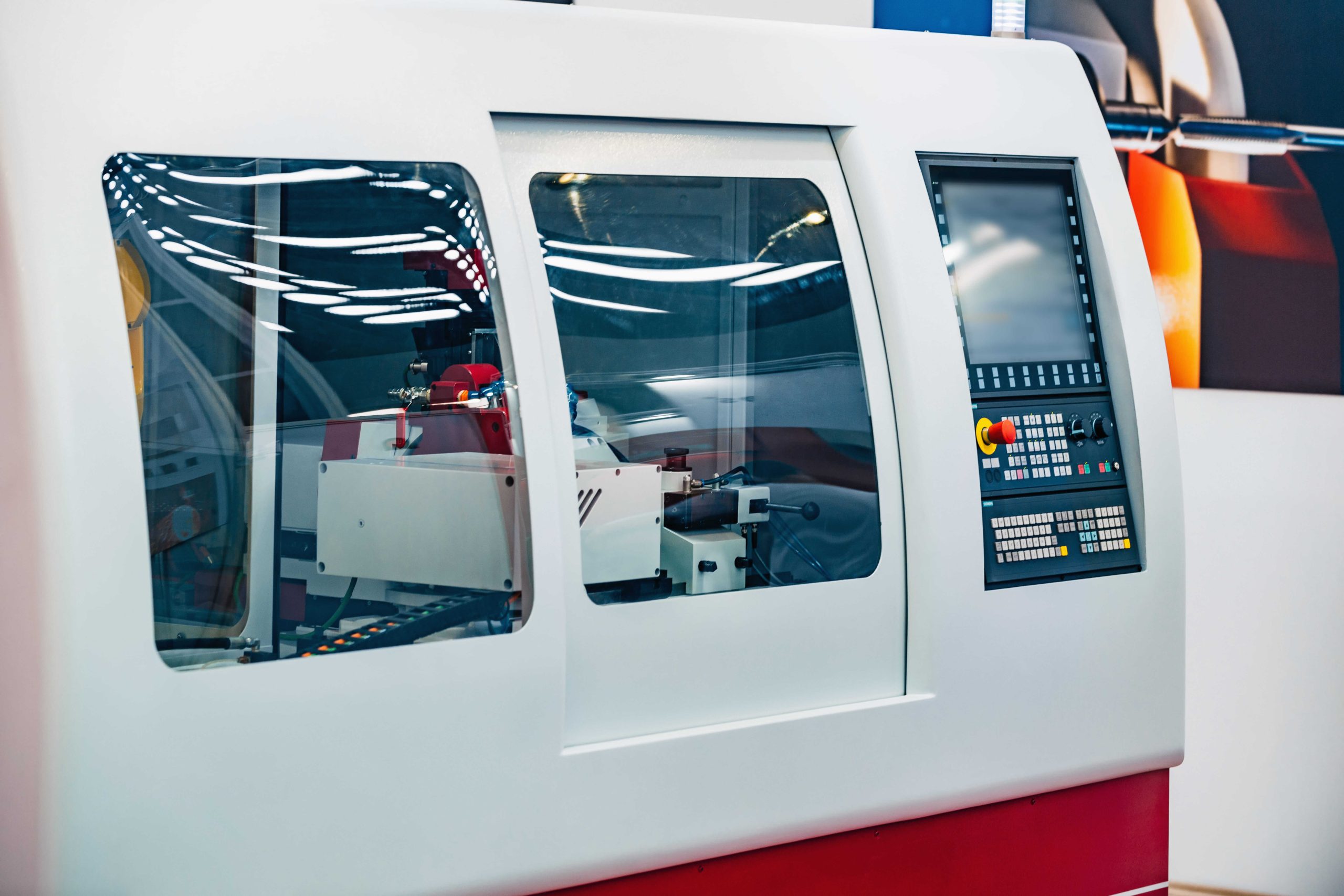
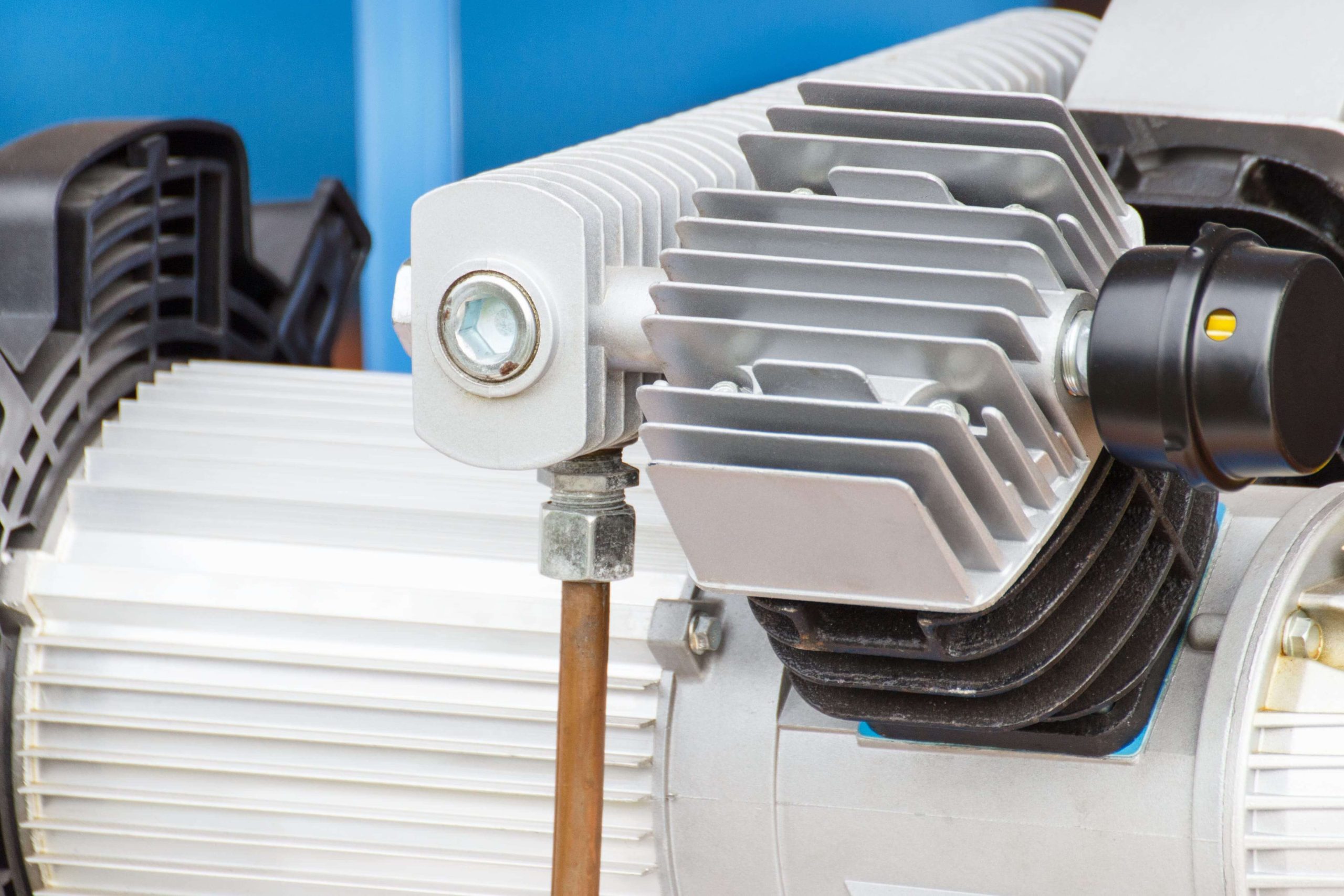
Certifications and Quality Standards
Recognized quality systems and compliance documentation supporting international procurement requirements
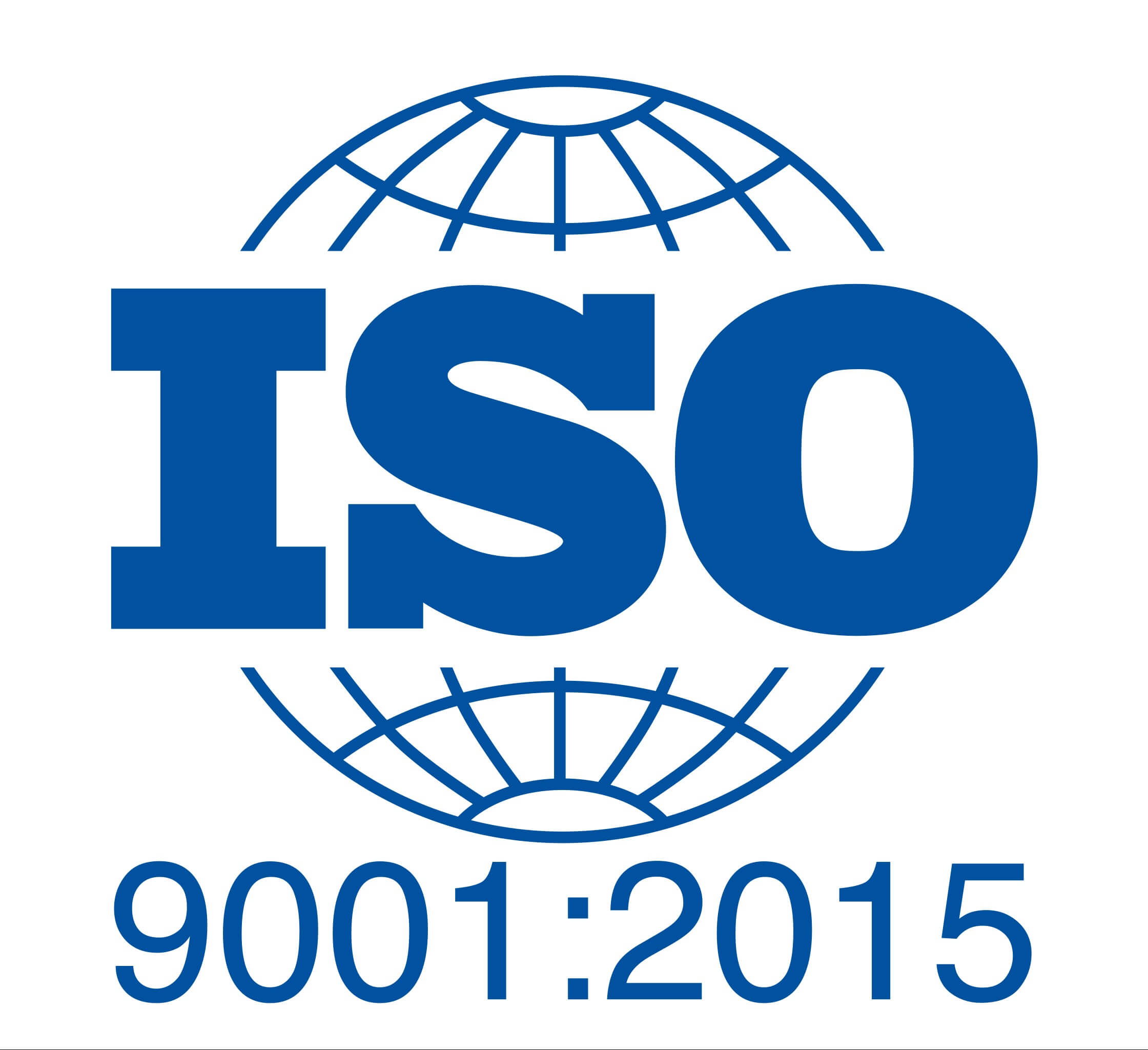
ISO 9001:2015

IATF 16949 Methods

Material Traceability (EN 10204 3.1)

RoHS / REACH Compliance
Material Selection and Heat Treatment Process
Material composition and heat treatment directly determine helical gear durability, load capacity, and service life. Yantong Tech applies controlled carburizing, nitriding, or induction hardening to achieve specified surface hardness and case depth, with full process documentation for quality assurance.


Design and Engineering Collaboration
Manufacturing engineers supporting helix angle optimization, contact ratio analysis, and reverse engineering for OEM replacement
- Gear geometry calculation and helix angle optimization based on load requirements, speed range, and noise constraints; contact ratio and axial thrust analysis provided
- CAD/CAM-based profile design and tolerance control; profile modification analysis for load distribution and noise reduction under operating conditions
- Reverse engineering from samples or worn gears for OEM replacement; dimensional measurement, material identification, and heat treatment replication with manufacturability recommendations
- Technical drawing verification and export documentation support; dimensional clarification and tolerance stack-up analysis to ensure assembly fit and function
What Our Clients Say
Trusted by gearbox manufacturers and industrial OEMs across three continents
We needed helical gears with tight helix angle tolerance and verified tooth contact for our industrial gearboxes. Yantong Tech provided full inspection data, maintained consistency across multiple batches, and responded quickly to our technical questions. That reliability is essential for long-term cooperation.
Our conveyor drive design required custom helical gears with modified helix angle for smooth engagement. Yantong's engineering team understood our noise and efficiency requirements and delivered parts that met DIN 6 accuracy with complete gear measurement reports. Lead time was competitive and communication was clear.
We replaced worn helical gears in our packaging machinery with reverse-engineered parts from Yantong Tech. They measured our samples, identified the material, and matched the heat treatment. The replacement gears fit perfectly and have been running smoothly for over a year. Honest service and reliable quality.
Why Engineers and Procurement Teams Choose Yantong Tech for Helical Gears
Four core competencies supporting gearbox reliability, predictable delivery, and long-term partnership
Proven Manufacturing Capability
96-person team with dedicated gear hobbing, grinding, heat treatment validation, and gear measurement facilities; module range m1–m12, helix angles 8°–30°, DIN 5–8 accuracy achievable through controlled process.
Full Traceability & Documentation
Material certificates (EN 10204 3.1), heat treatment cycle reports, gear measurement data, and NDT results archived by batch; ISO 9001 quality system with documented corrective action and continuous improvement process.
Engineering-Focused Communication
Manufacturing engineers with gear design background engage directly with customer technical teams; drawing clarification, helix angle analysis, and manufacturability feedback provided before quotation to avoid misunderstanding.
Realistic Pricing & Delivery
Quotations based on actual drawing complexity, material specification, and heat treatment requirements; lead time commitments honored through rolling safety stock for standard parts and milestone tracking for custom orders.
Packaging and Export Logistics
Three-stage protection protocol ensuring gear integrity from factory to your receiving dock

Corrosion Prevention & Sealed Protection
Surfaces are treated with rust-inhibiting oil or VCI protection depending on transit duration and climate, and each gear is sealed in PE bags with desiccant to control humidity from factory loading to overseas delivery.
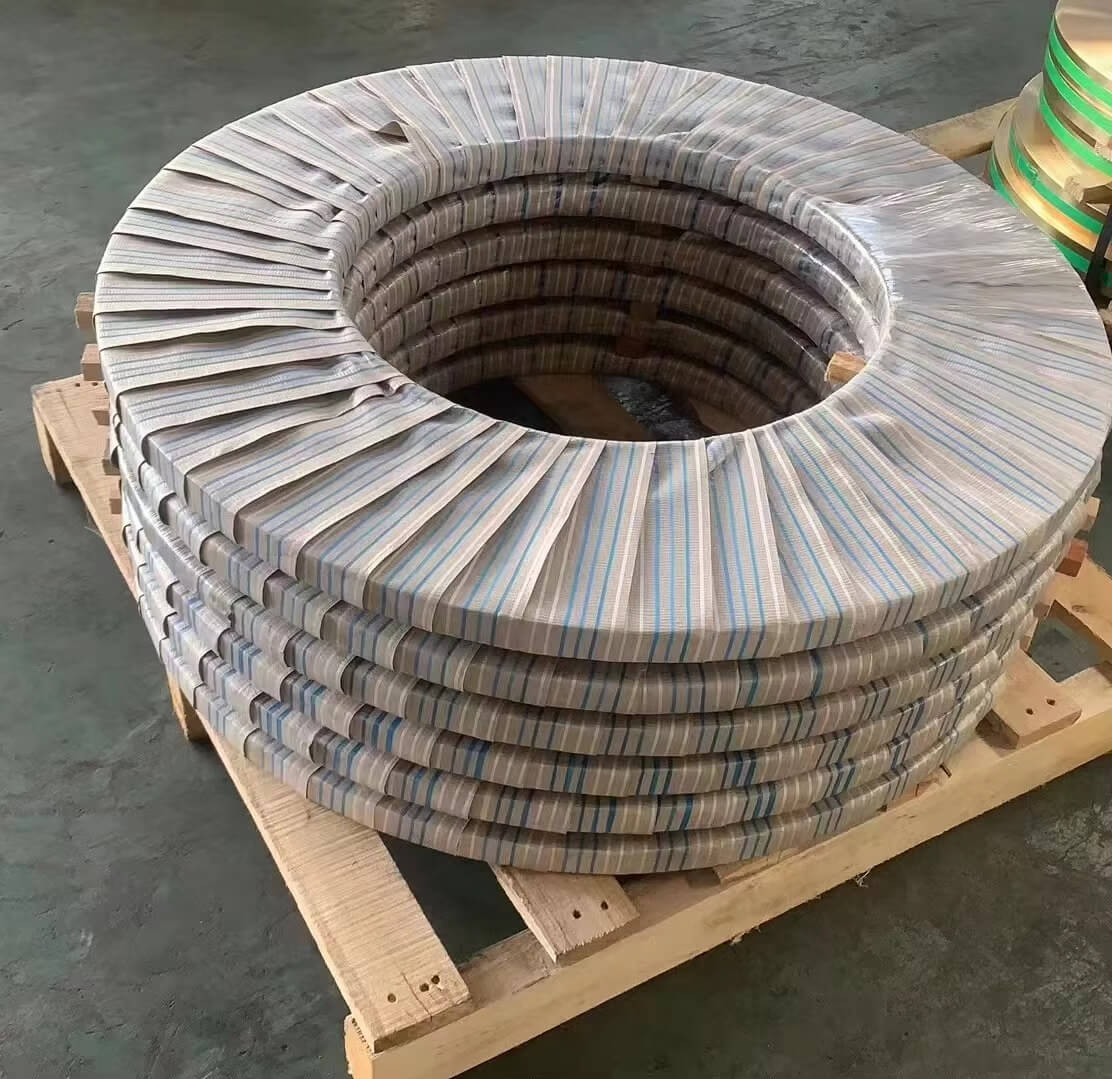
Tooth Edge Protection & Anti-Impact Support
Large gears are positioned on rigid pallets or supports that bear the weight, while tooth edges are wrapped or cushioned to avoid contact damage during loading and transport. Wrapping also helps reduce dust and moisture exposure before crating.
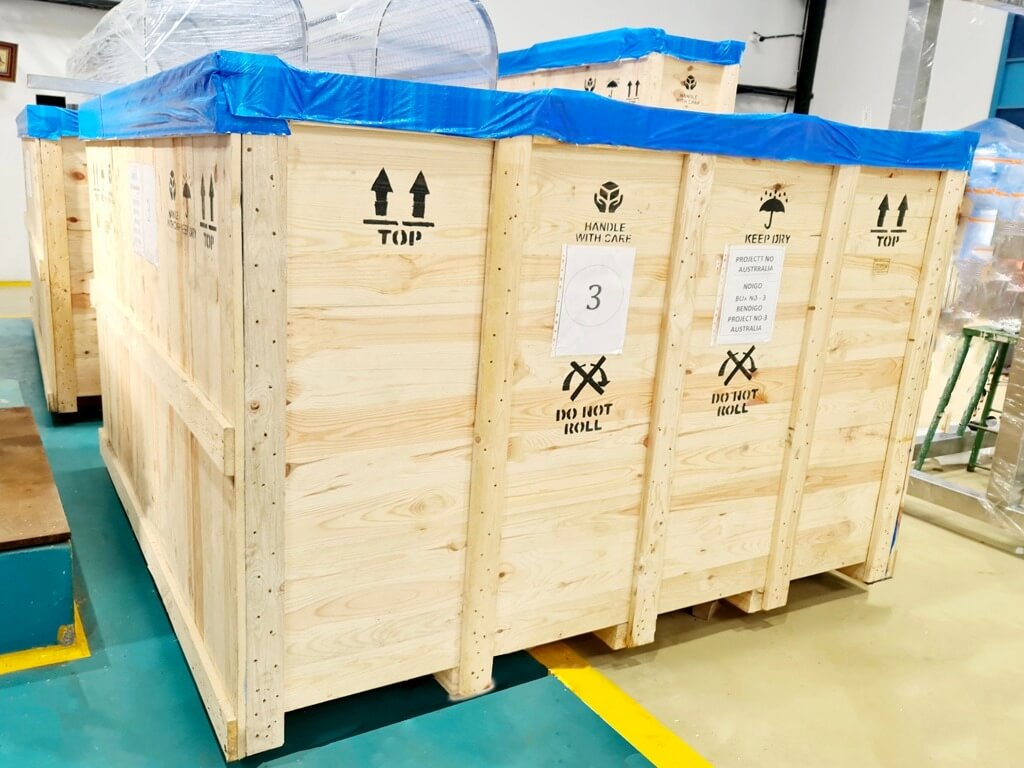
Reinforced Crating & Export-Ready Loading
Gears are secured in reinforced plywood crates with proper corner strength and lifting points, and crate dimensions are planned for safe forklift engagement and container loading according to destination requirements.
Frequently Asked Questions About Worm Gears
Quick answers to common technical and commercial inquiries
Technical Questions
Commercial Questions
How to Start Cooperation with Yantong Tech
A transparent seven-step process from inquiry to ongoing technical support
Send Your Drawing / Specification
Submit technical drawings (PDF, DWG, STEP) or samples via email. Include specifications for helix angle, material, heat treatment, accuracy grade, and any special requirements. Our engineering team reviews for manufacturability within 24 hours.
Initial Contact
Drawing review and feasibility confirmation
Technical Clarification
Engineering dialogue and helix angle verification
Technical Review & Proposal
Our manufacturing engineers discuss drawing details, clarify helix angle and tolerances, and recommend process approach (hobbing vs. grinding, heat treatment method). Any manufacturability concerns or improvement suggestions communicated before quotation.
Quotation & Lead Time Confirmation
Detailed quotation provided with breakdown of material, machining, heat treatment, and inspection costs. Lead time estimated based on current production schedule. Payment terms and shipping arrangements confirmed.
Commercial Agreement
Transparent pricing and delivery commitment
Manufacturing Phase
Process control and milestone tracking
Production & Machining
Manufacturing executed per documented process plan. First-piece inspection, in-process checks, and heat treatment validation performed at each stage. Production milestones updated for customer visibility on lead time status.
Inspection & Quality Documentation
Final 100% inspection including gear measurement, helix angle verification, dimensional checks, hardness testing, and visual examination. Inspection certificates, material traceability, and heat treatment reports compiled for customer approval before shipment.
Quality Assurance
Full documentation and traceability package
Logistics & Delivery
Protected packaging and export documentation
Packaging & Shipping
Gears packed per export standards (anti-rust coating, foam protection, plywood crates with steel reinforcement). Export documentation prepared for customs clearance. Tracking information provided upon shipment dispatch.
Technical Consultation & After-sales Follow-up
Remote technical support available for assembly guidance, installation questions, and performance feedback. Quality issues addressed through root cause analysis and corrective action. Long-term partnership built on continuous improvement and mutual trust.
Ongoing Support
Technical consultation and continuous improvement
Ready to Source High-Quality Helical Gears?
Send your drawing and receive an engineering reply within 24 hours — no obligation, just transparent technical dialogue.
- Precision manufacturing: Module m1–m12, helix angles 8°–30°, DIN 5–8 accuracy
- Controlled heat treatment: Carburizing, nitriding, or induction hardening with full process documentation
- Complete traceability: Material certificates, gear measurement data, and heat treatment reports by batch
- Engineering support: Helix angle optimization, contact ratio analysis, and tolerance verification
- ISO 9001 certified with IATF 16949 methods for automotive-level quality assurance
